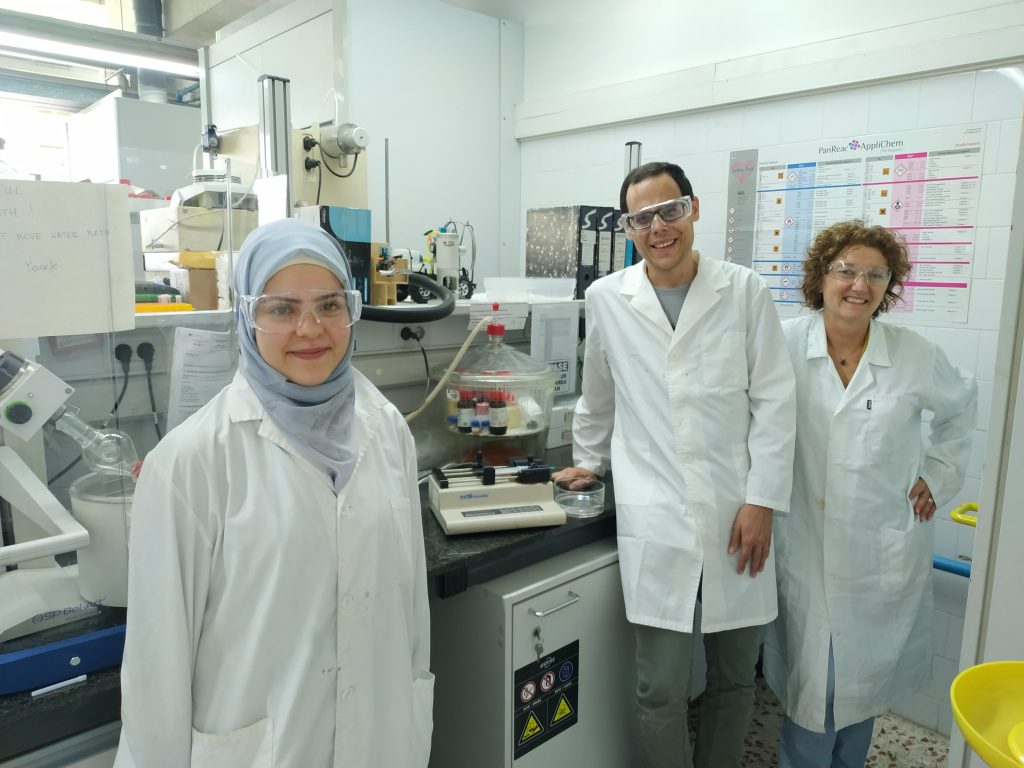17/05/2023
Biodegradable capsules have been developed for the active components of cleaning and personal care products
The research project of the Chemical Engineering Department of the Universitat Rovira i Virgili should help reduce the accumulation of plastics in the environment

The research project of the Chemical Engineering Department of the Universitat Rovira i Virgili should help reduce the accumulation of plastics in the environment
One of the main environmental problems today is the enormous amount of plastic that is accumulating but not degrading in the environment, especially in the sea. The resulting pollution is enormous. Much of it is visible, but much of it also goes unnoticed because of its size although it is just as harmful. This is the case of the microplastics which encapsulate the active components of cleaning and personal care products. A project by the Memtec (Materials, Membrane and Encapsulation Technology) research group of the Department of Chemical Engineering at the Universitat Rovira i Virgili University is developing microcapsules that biodegrade quickly once their job is done.
“For some time we have been working with multinational companies on innovation, and topics such as the encapsulation of the active components of their detergents, creams, soaps and other products. We prepare microcapsules of various types depending on rwhether they have to react with light, be stable, prolong a perfume, adhere to fabrics, etc.”, says Marta Giamberini, a member of Memtec and one of the people responsible for the study, who points out that the function of microcapsules is to serve as a vehicle for the active components (a dye, a perfume, an enzyme, etc.), protect them and make them stable, enhance their properties and optimize the application process.
In recent years, however, European regulations have become much stricter with regard to microcapsules, which tend to be made of plastic and, once the active component has been released, degrade with great difficulty and end up in waste water. “To date, the idea was that this material had to last a long time, but now this does not fit with the new environmental policies and we are focusing on making it last only until it has done its job”, says another member of the research group , Xavier Montané. And this is where the URV project comes in, as Marta Giamberini says: “Thanks to all the experience we have, we are starting to develop microcapsules based on natural polymers that can degrade easily.”
Giamberini explains that, for the moment, the research is done with capsules on a larger scale, which makes them easier to handle and characterize, and they use a blue dye as a bleaching agent. Then, once it has been proven that these new macrocapsules biodegrade, they will work on making them smaller to ensure that, on a real scale, they have the same effects. At this point they will be able to be put on sale and help reduce the emission of plastics into the environment.
As well as Giamberini and Montané, the researchers Yasmin Kabalan, Bartosz Tylkowski and Sílvia De la Flor are also taking part in the project, which has ha dan article published in publicat a ScienceDirect.
Bibliographic reference: Kabalan, Y., Montané, X., Tylkowski, B., De la Flor, S., i Giamberini, M. Design and assembly of biodegradable capsules based on alginate hydrogel composite for the encapsulation of blue dye. Sciencedirect (2023). https://doi.org/10.1016/j.ijbiomac.2023.123530
